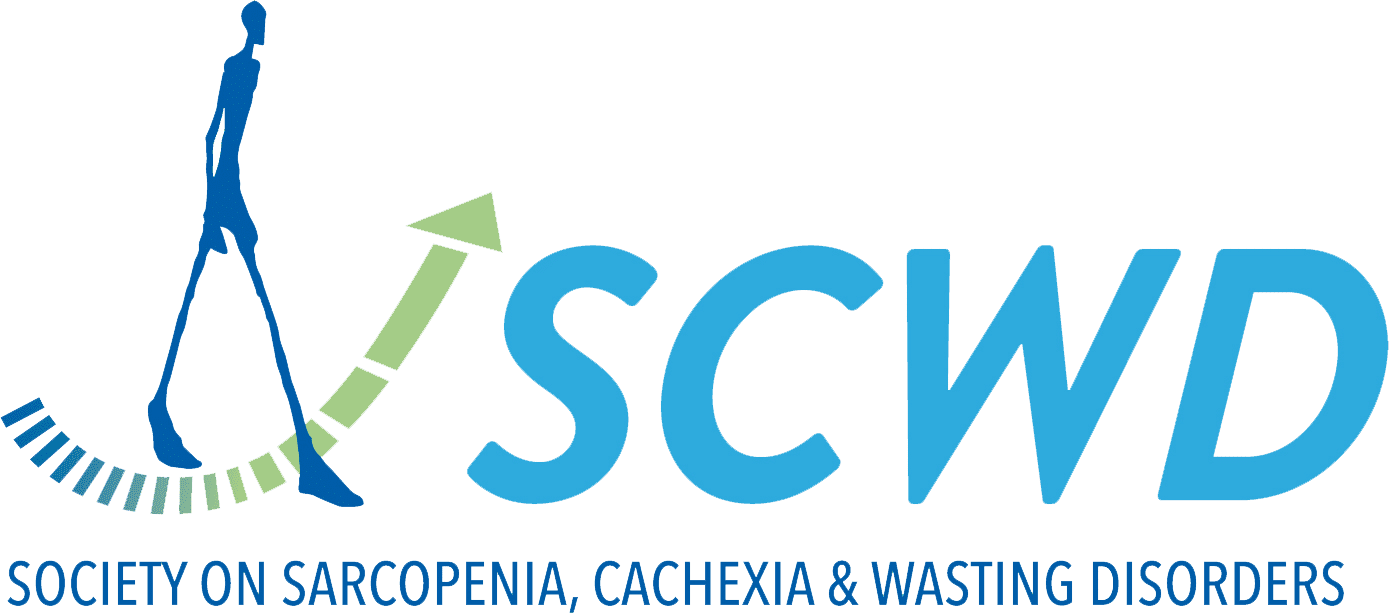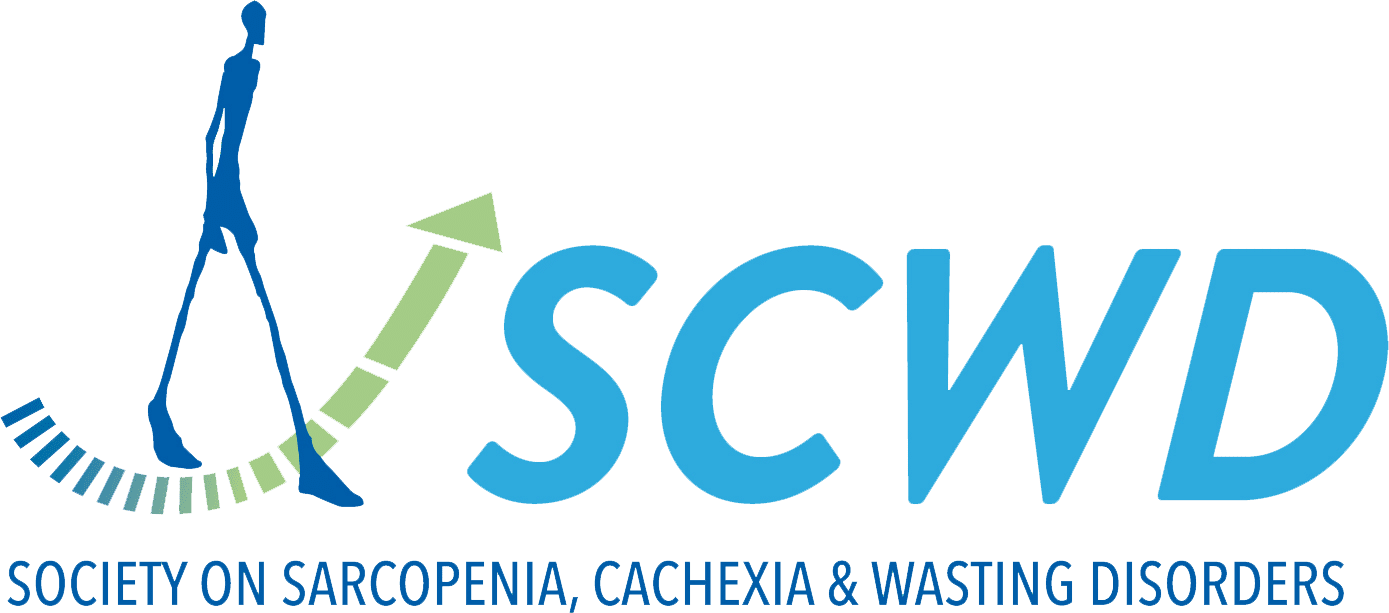Risk of Sarcopenia Following Long-Term Statin Use in Community-Dwelling Middle-Aged and Older Adults in Japan.
Inconsistent results have been reported concerning the association between statin administration and muscle health, specifically its potential to increase the risk of sarcopenia. Given the widespread long-term use of statins among the elderly population, the exploration of this association remains...


